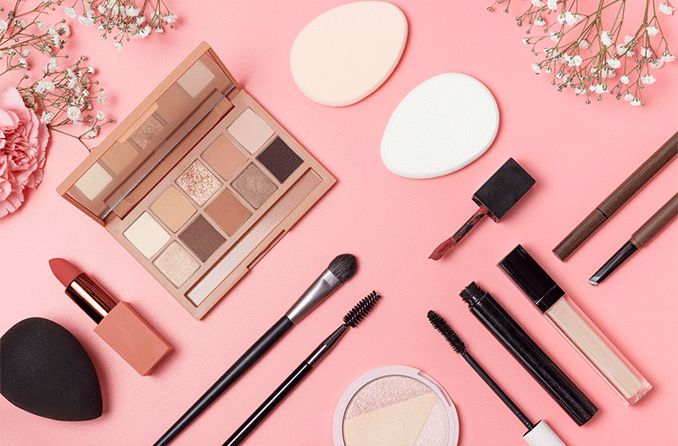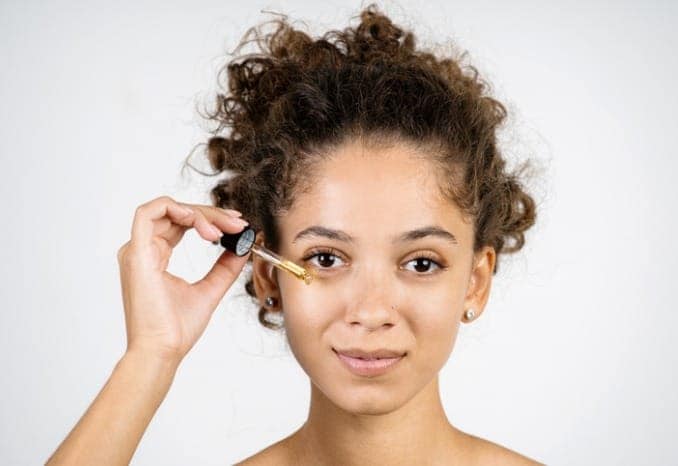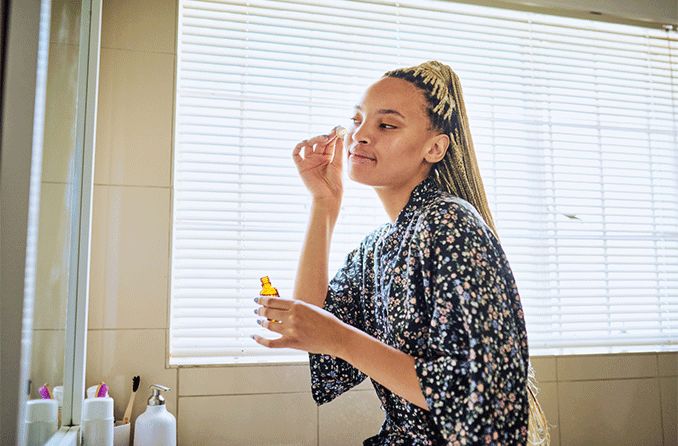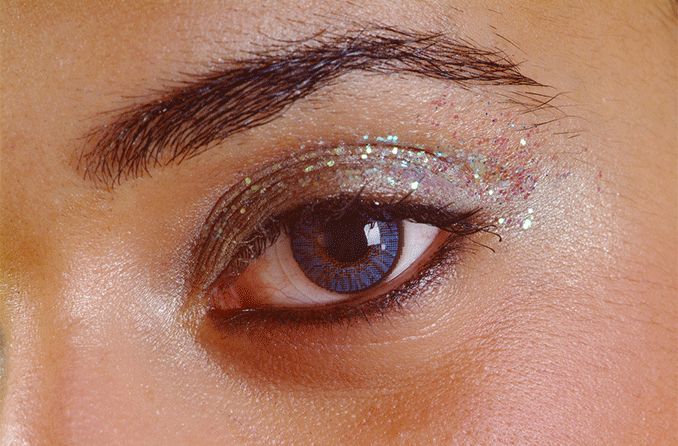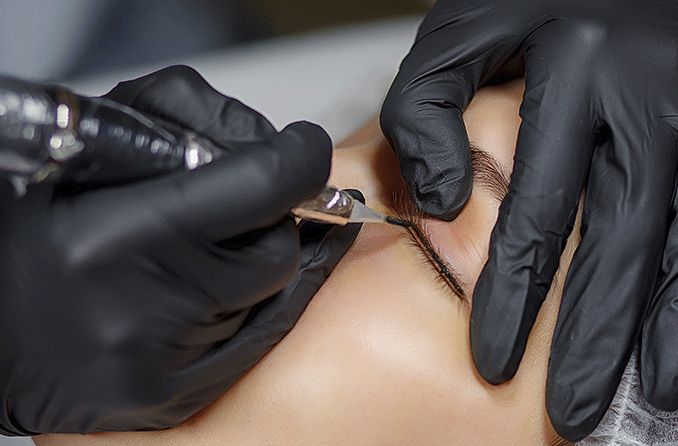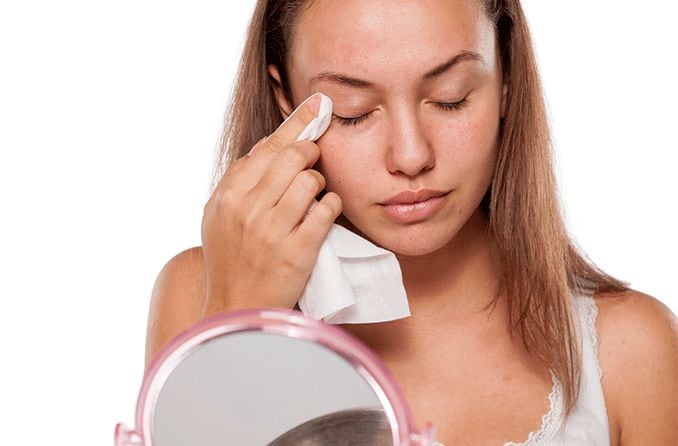Can makeup cause an eye infection?
An eye infection occurs when bacteria, viruses or fungi invade part of the eye or its surrounding area. One common cause of eye infections, especially in women, is eye makeup. This is particularly true when eye makeup is used past its expiration date because old eye makeup can contain high levels of germs.
Maintaining good eye makeup hygiene is important to prevent eye infections and irritation in and around the eyes.
Eye infection symptoms
The symptoms of an eye infection can include:
What are common types of eye infections?
A stye (also called a hordeolum) is an infection in the eyelid that causes a tender, red bump near the edge of the lid. A stye is caused by bacteria, usually due to clogged oil glands in the eyelid or at the base of an eyelash.
Blepharitis is an inflammation of the eyelids that leads to red, swollen lids and crusty eyelashes.
Conjunctivitis is a common inflammation or infection of the eyes that can cause swelling; increased tear production; a red or pink tint to the white of the eye; and feelings of irritation, itching and burning. It most commonly results from bacteria, viruses or allergies.
Endophthalmitis is a severe inflammation of the inside of the eye, usually due to bacterial or fungal infection. Symptoms include red and inflamed eyes, swollen eyelids, sensitivity to bright light, and pus inside the eye.
In most cases, eye infections can be quickly and effectively treated by your doctor. In very rare cases, eye infections from eye makeup can be severe and even lead to temporary or permanent vision loss.
How does makeup cause an eye infection?
Eye makeup can cause an infection if it becomes contaminated with common germs. According to the FDA, eye makeup is usually safe and free of contamination when you buy it, but frequent use can transfer bacteria that’s already on your skin and eyes onto brushes and cosmetics.
Eyelashes and eyelids naturally have bacteria on them, so a mascara or eyeliner brush may pick up bacteria during use. Then it’s returned into the moist, dark environment of its container, where bacteria can build up and proliferate over time. That is one reason it’s important to replace makeup frequently.
Tips to avoid eye infection from makeup
Follow these simple strategies to help prevent eye infection from makeup:
Replace all eye makeup every three to four months.
Don’t share cosmetics. Cross contamination of bacteria can occur when two different people share makeup or brushes and applicators.
Don’t use eye makeup that causes irritation. If irritation continues after you stop using a product, see your doctor.
Keep cosmetic tools like brushes and applicators clean, and store them in a clean, dry place.
Wash your hands before applying eye makeup.
Don’t store eye makeup at temperatures over 85 degrees Fahrenheit (for example, a hot car is not a good place). Heat can weaken and degrade preservatives that protect against bacterial growth.
Don’t use eye makeup on eyes that are red, irritated or inflamed.
Avoid glitter makeup, metallic makeup and makeup with sparkles. Flakes can get into the eye and lead to irritation and infection.
Apply eyeliner outside the lash line. Avoid putting liner inside the lash line, where important oily glands can become clogged (leading to infection), or cause dry eye syndrome.
Always remove your makeup before going to sleep at night. Use a gentle or hypoallergenic makeup remover that is made especially for the eyes.
Keep in mind that if you wear contact lenses, you may be at higher risk of irritation and infection.
Discard dried-up mascara and don't try to re-wet it with saliva. The bacteria from your mouth may proliferate in the mascara.
Only use makeup around your eyes that is intended for use near the eyes. Don’t use lip liner as eyeliner, since your lip liner may harbor germs from your mouth.
Throw away any eye makeup you may have used leading up to or during an eye infection. The safest option is to get fresh new makeup after you’ve recovered.
How do you treat an eye infection from makeup?
If you are experiencing symptoms of an eye infection, see an eye doctor. They will examine your eyes and may take a sample of any discharge to help determine the cause of the infection.
Depending on what your eye doctor finds, treatment may consist of prescription eye drops, steroid drops and/or oral antibiotics.
READ NEXT: Can fake eyelashes cause eye infections?


